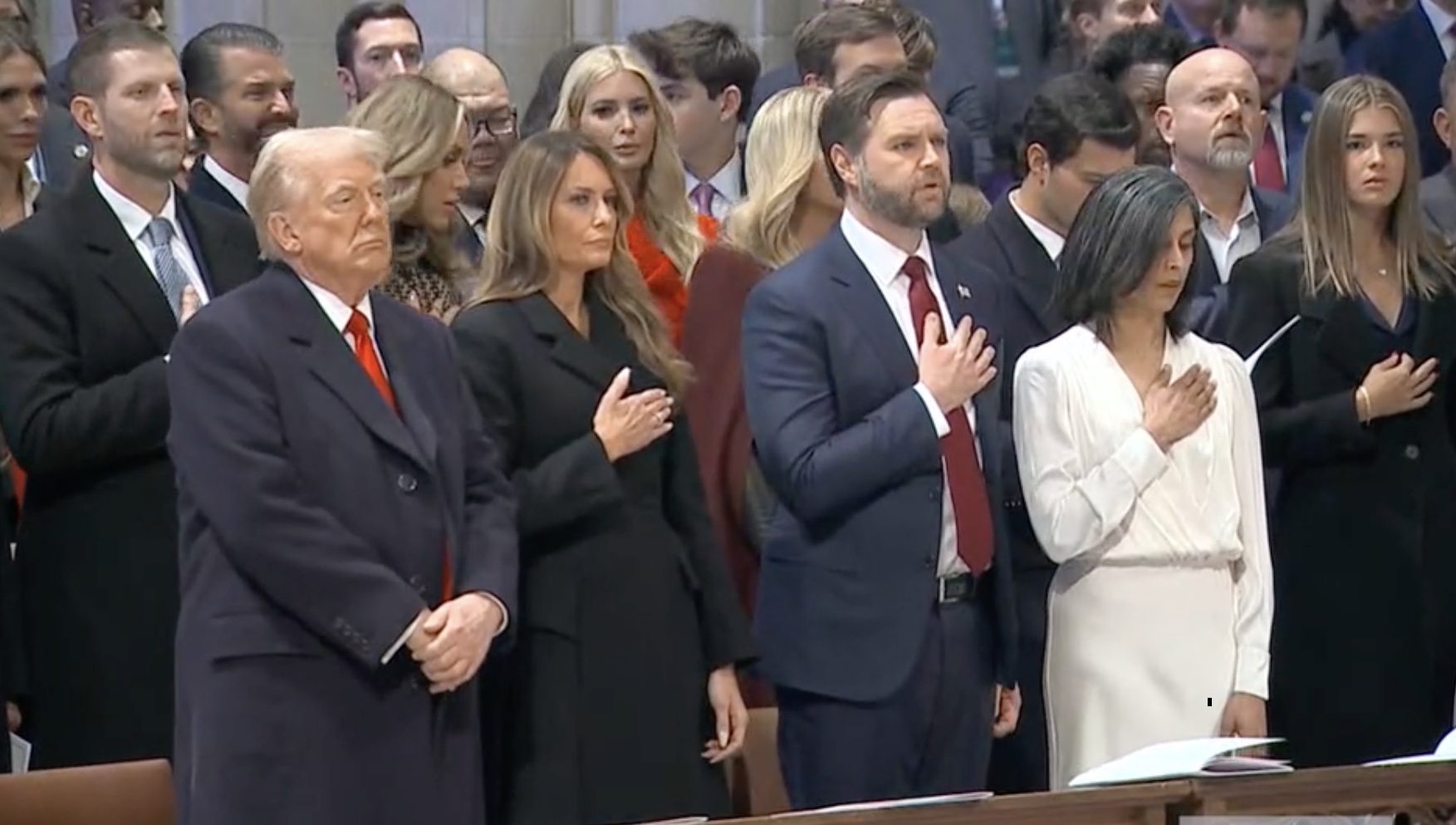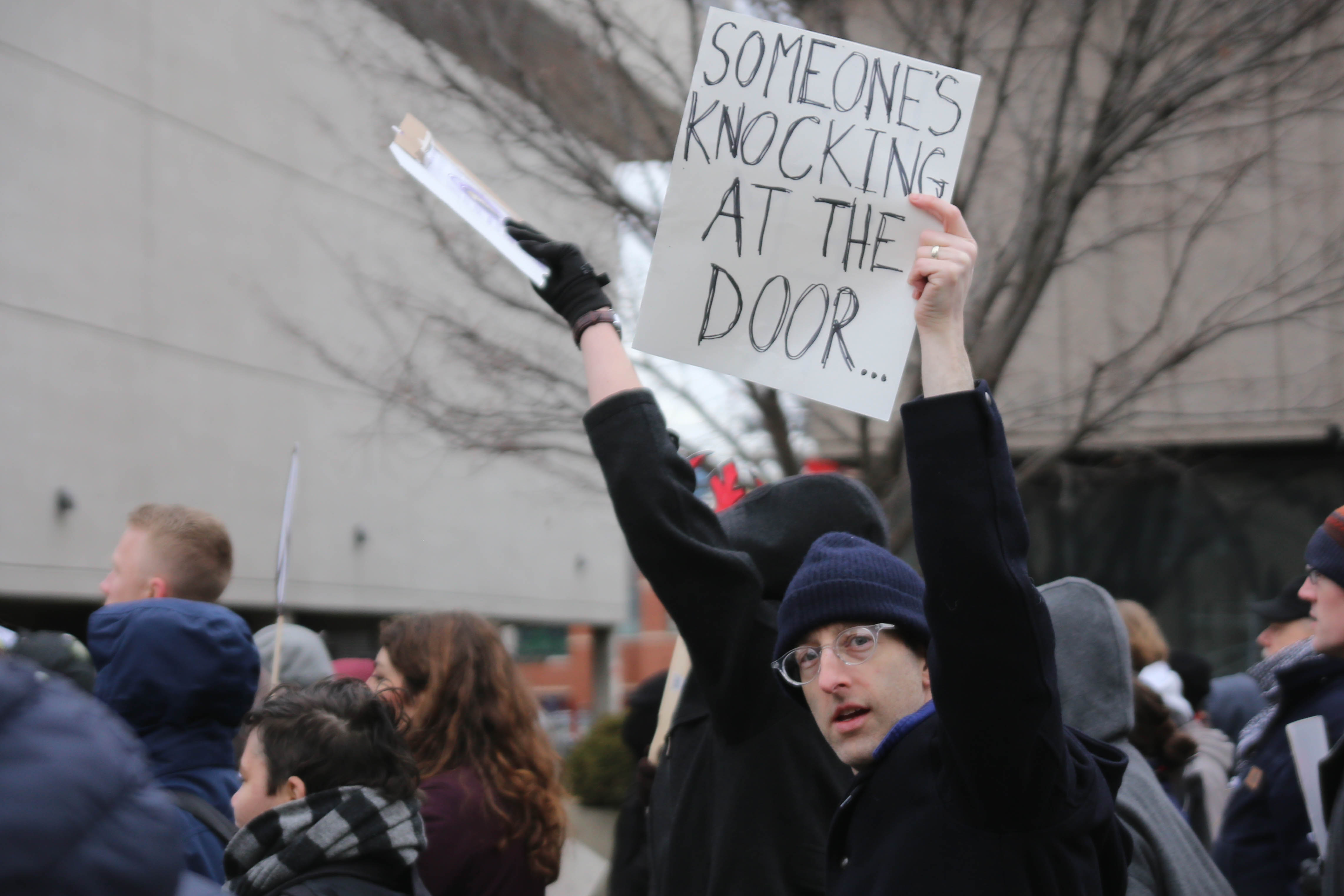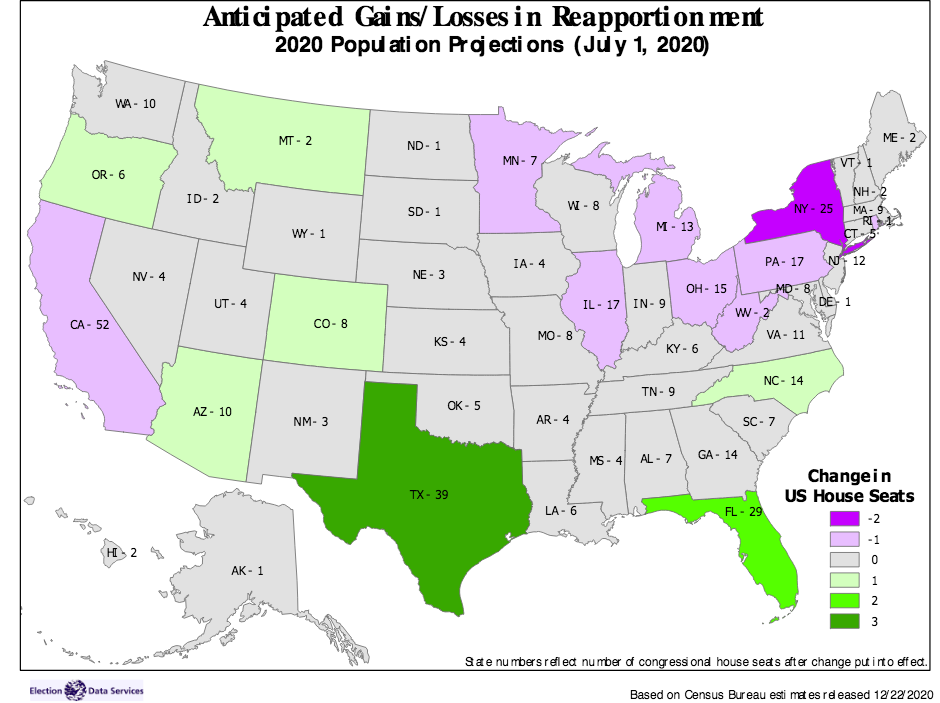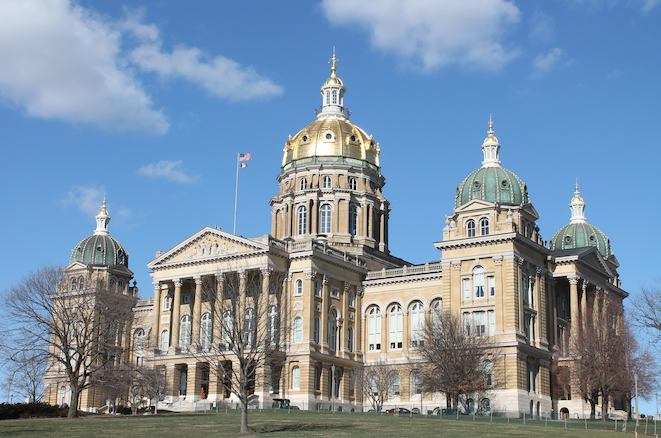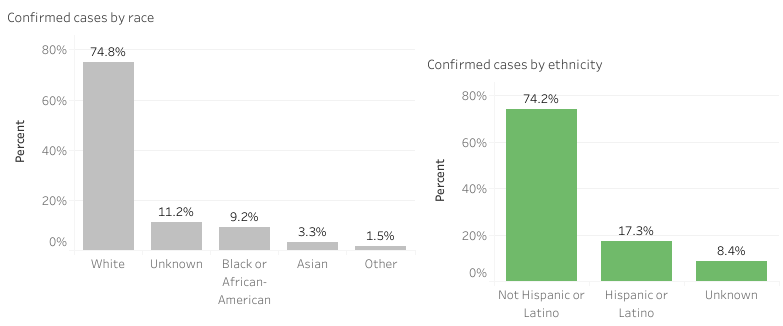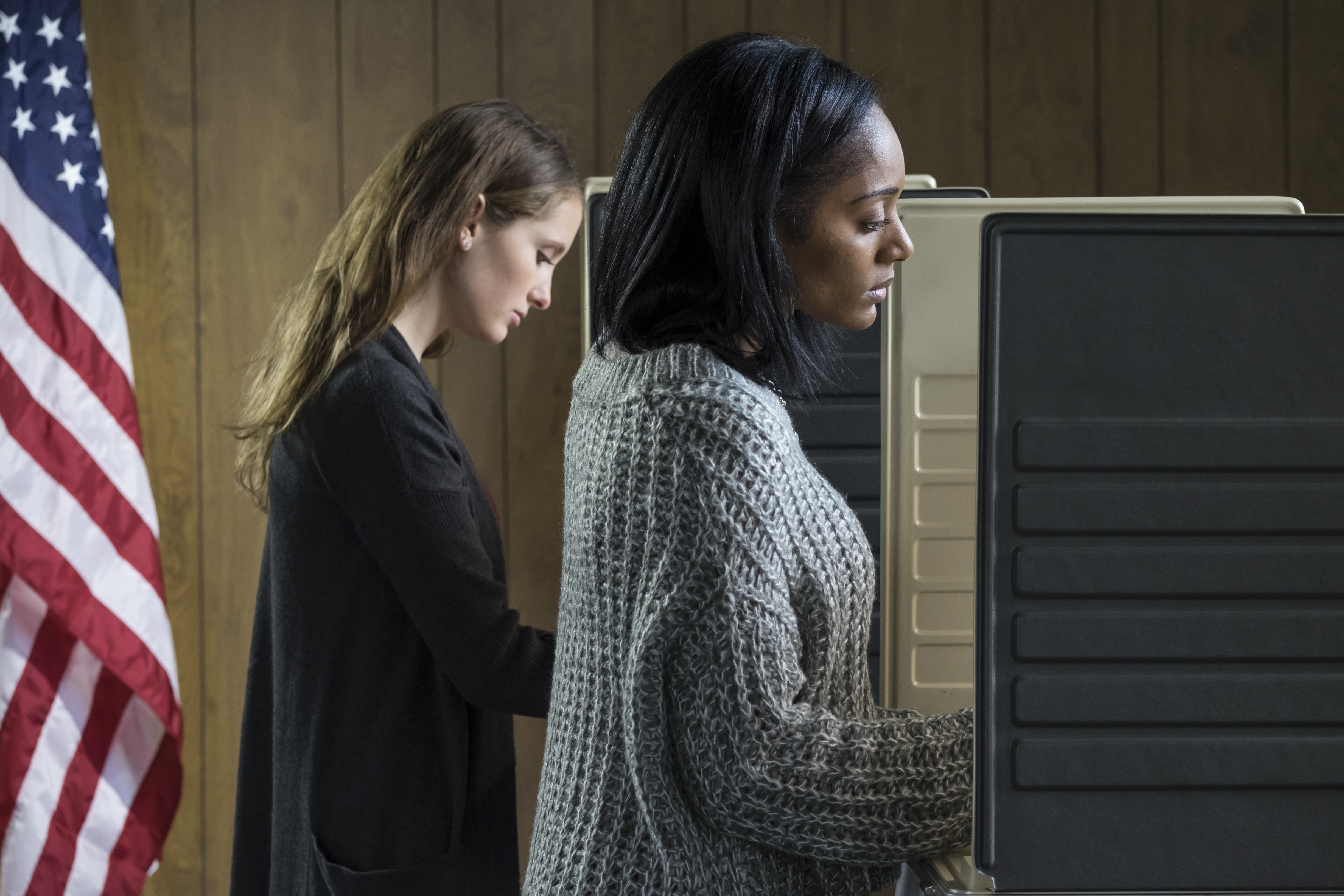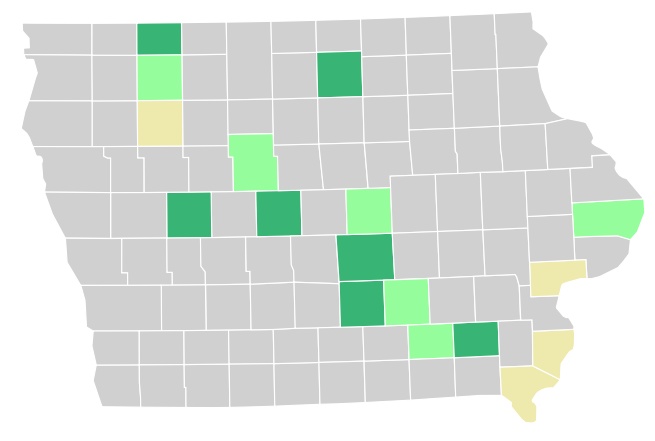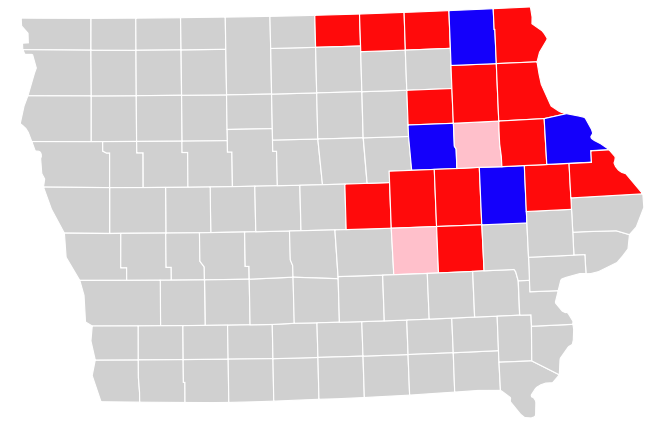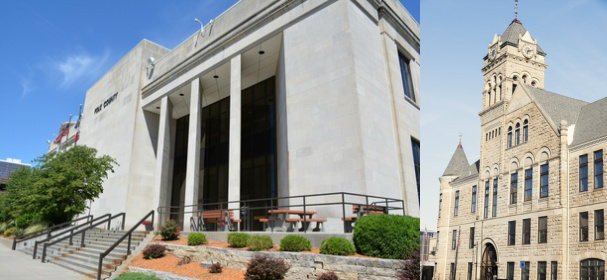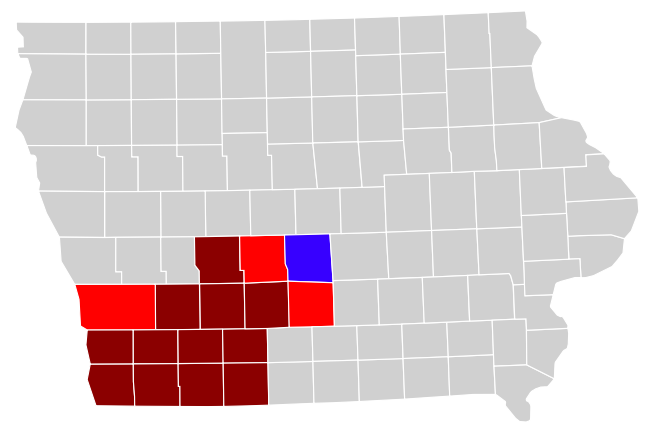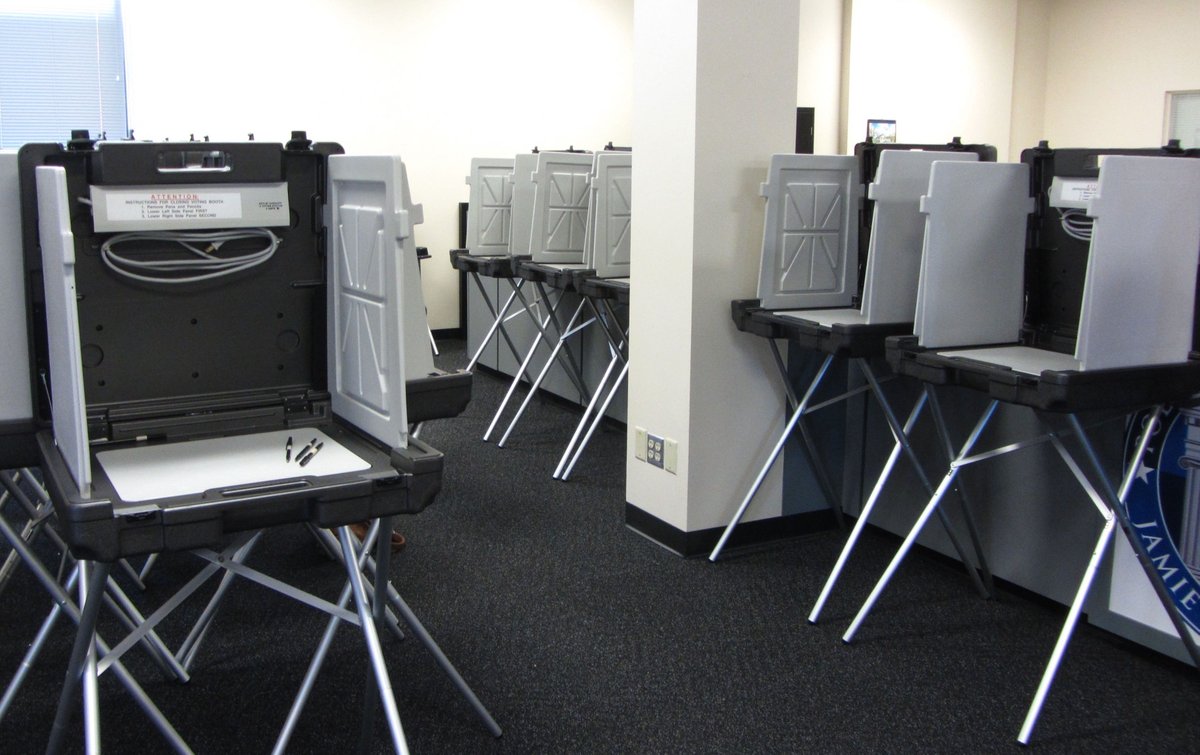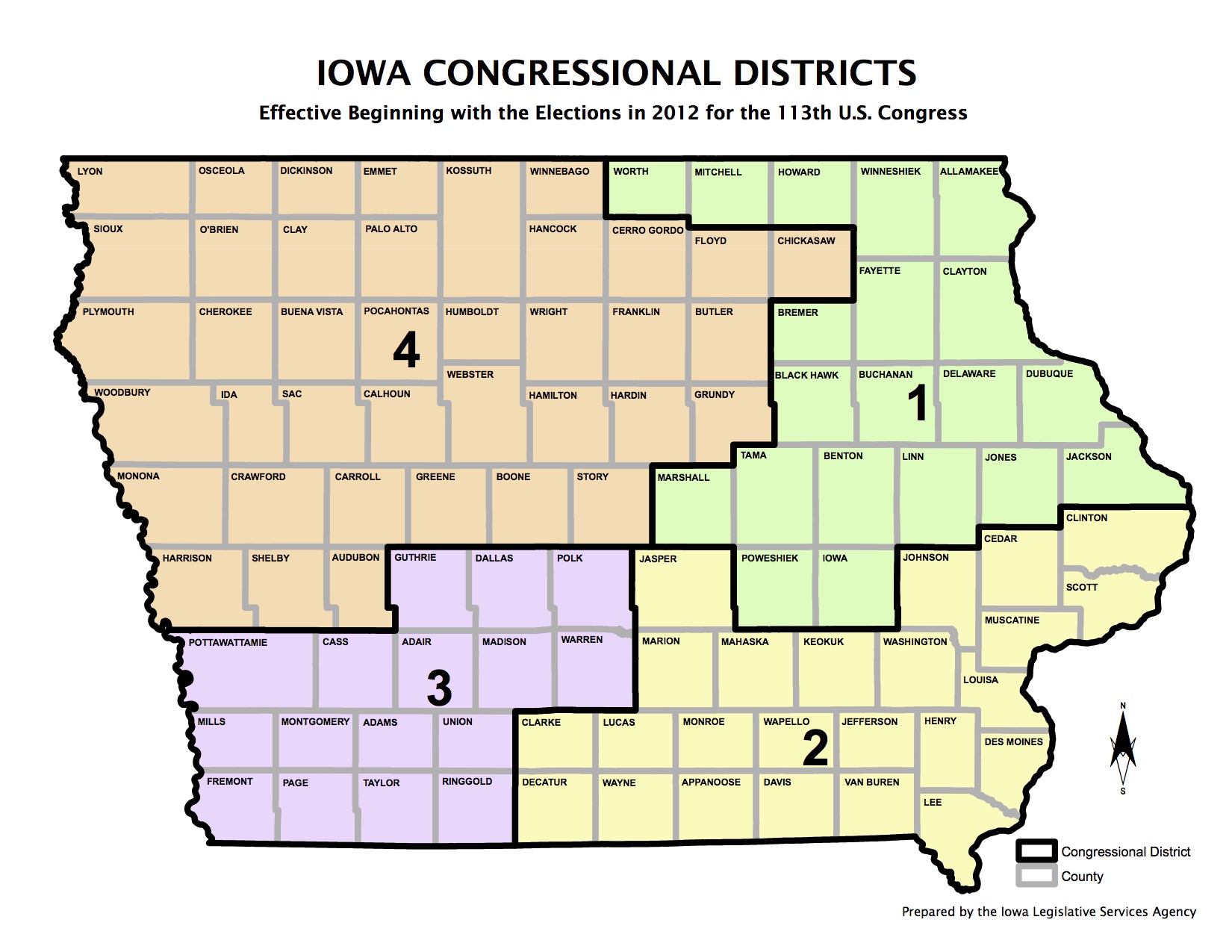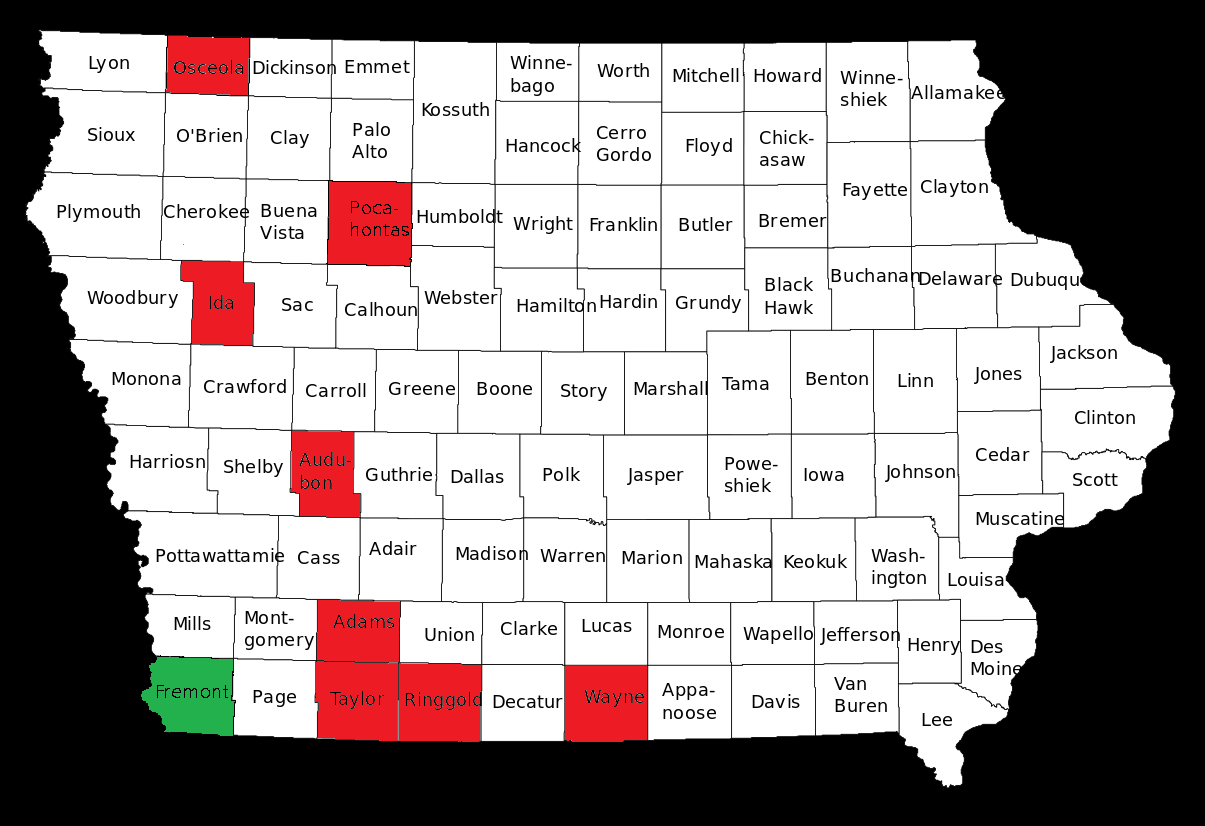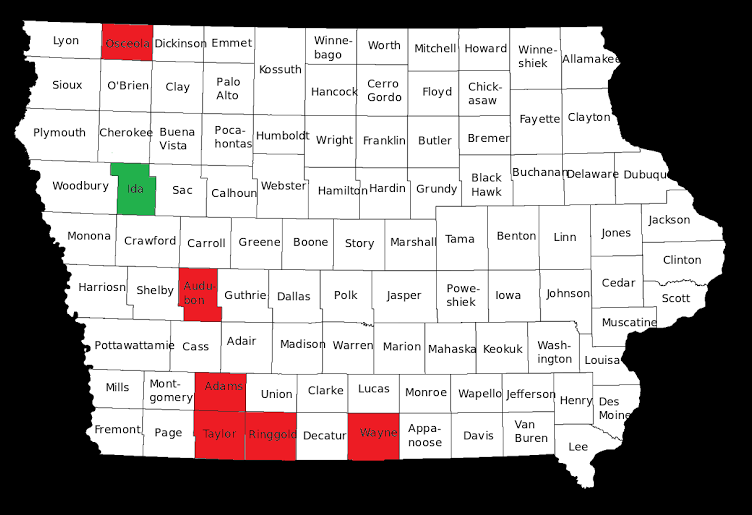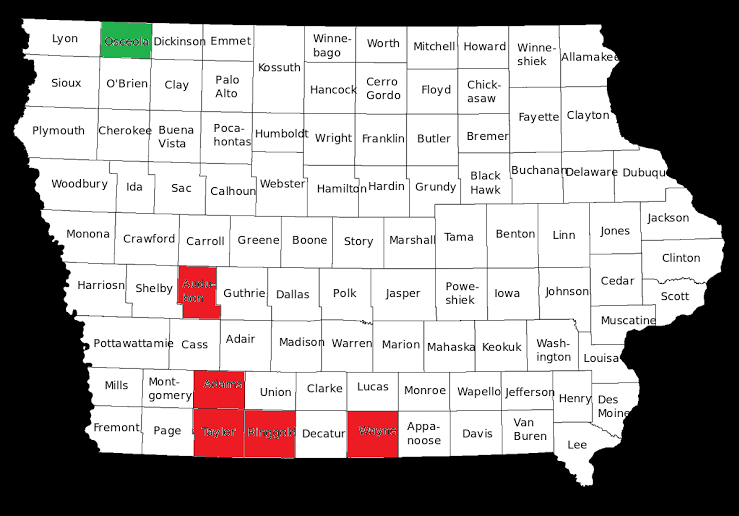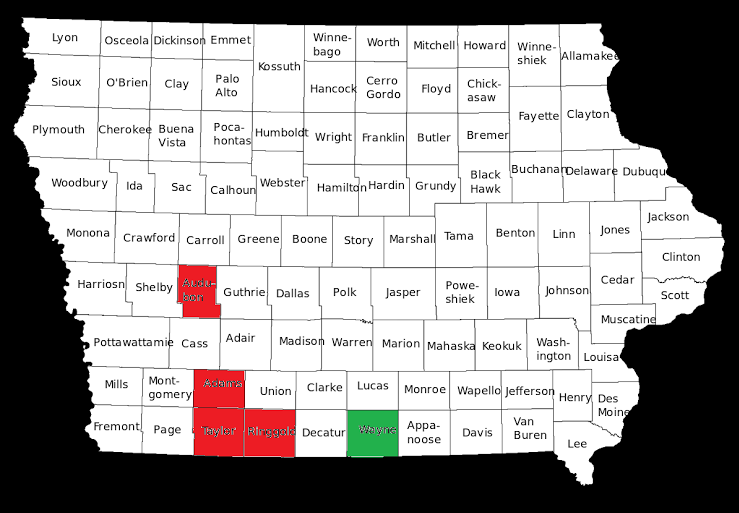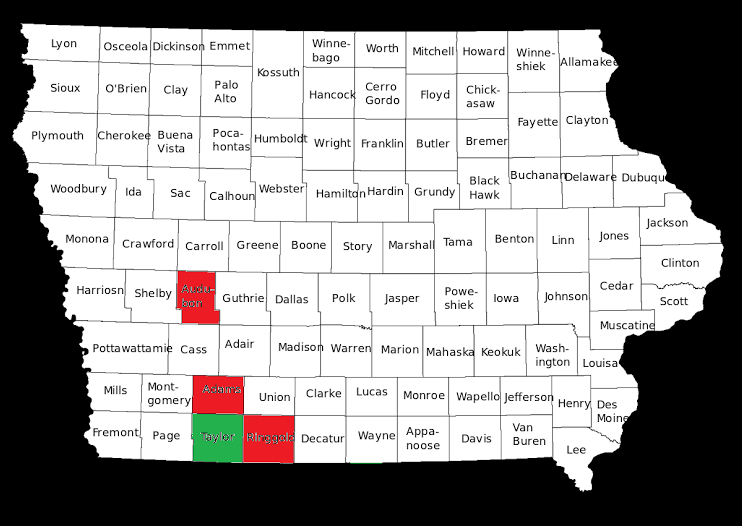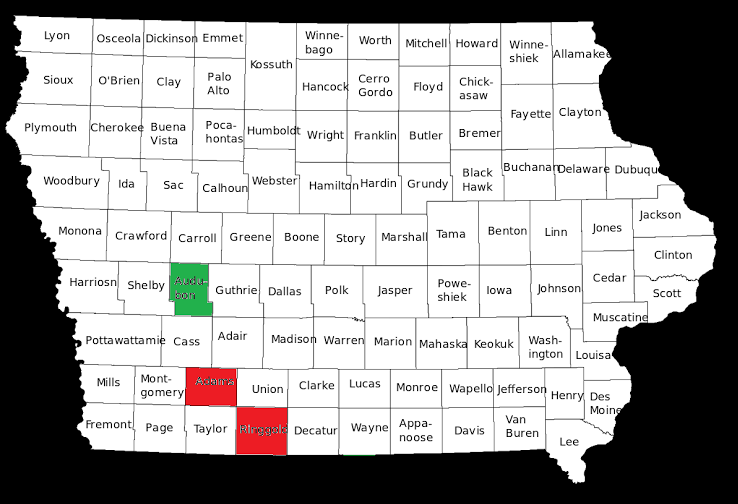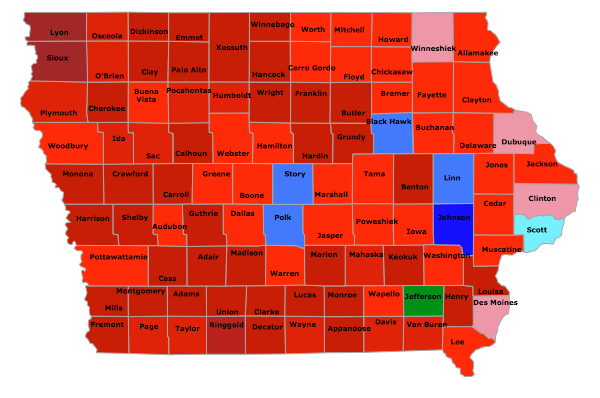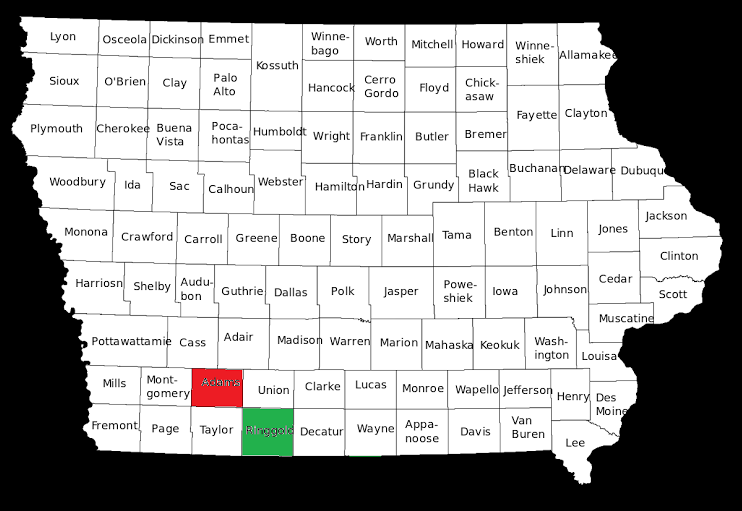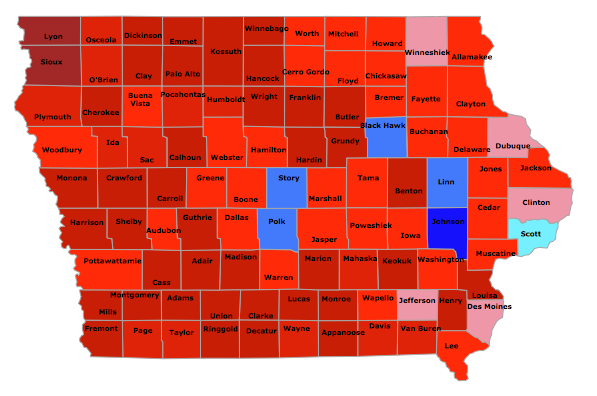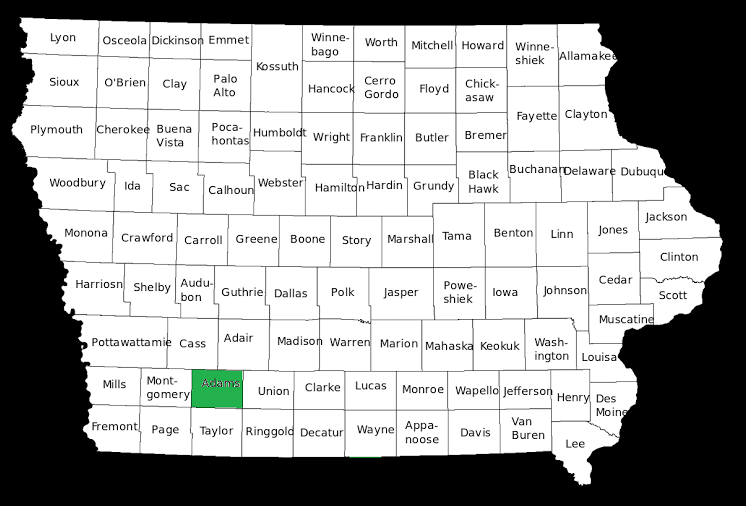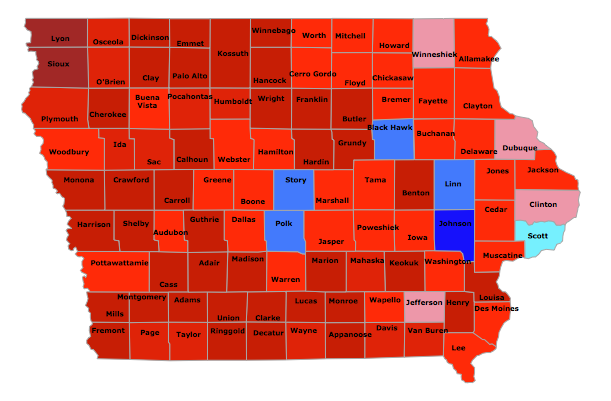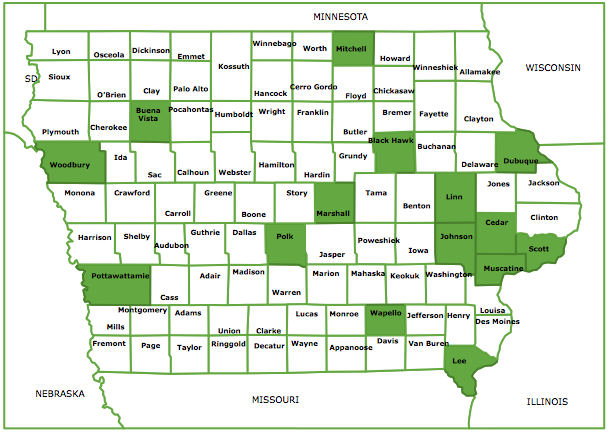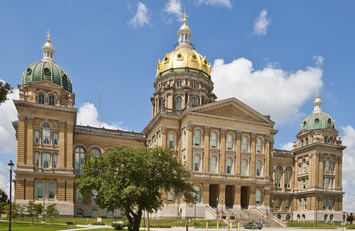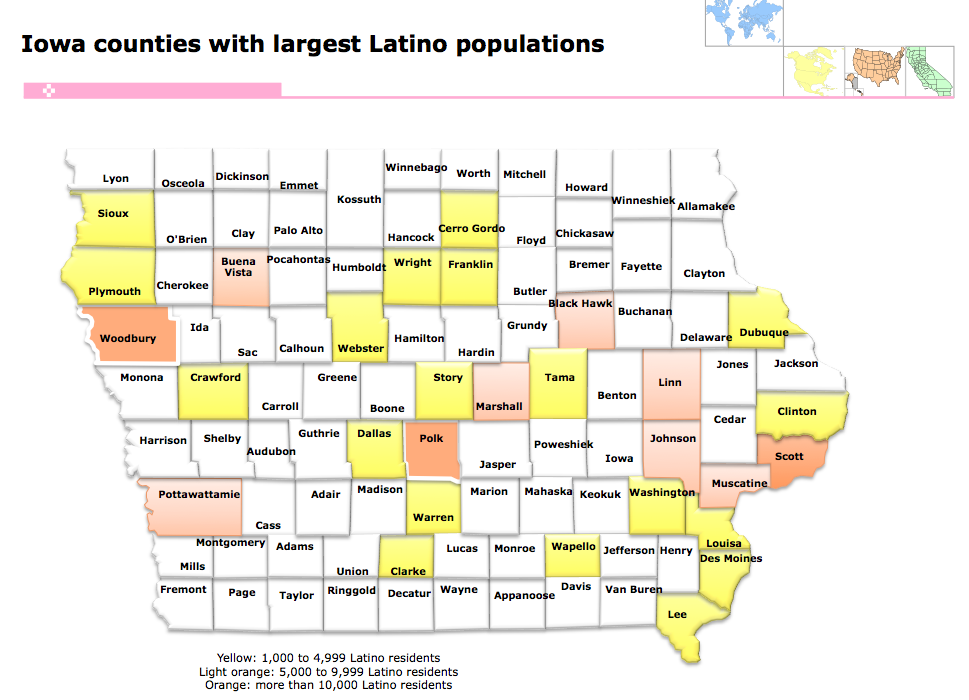The first public poll of Iowa since the Republican and Democratic national conventions shows Hillary Clinton slightly ahead of Donald Trump by 41 percent to 37 percent. Marist surveyed 899 registered voters for NBC News and the Wall Street Journal between August 3 and 7, producing a margin of error of plus or minus 3.3 percent. In last month’s Marist poll of Iowans, Clinton led by 42 percent to 39 percent.
When the 2016 presidential race is expanded to four candidates – including Libertarian nominee Gary Johnson and the Green Party’s Jill Stein – Clinton and Trump are tied at 35 percent each in Iowa, with Johnson at 12 percent and Stein at 6 percent. (Last month in the state, Clinton and Trump were tied in the four-way horserace at 37 percent.)
Historically, third-party presidential candidates have received far fewer votes in November than their summer poll numbers would suggest. But even assuming Marist is greatly overstating support for Johnson and Stein, those candidates could set records for their respective parties in Iowa. No Libertarian presidential candidate has ever surpassed 1 percent of the vote in our state. The Green Party’s best showing in a presidential election here was roughly 2.2 percent, which Ralph Nader received in 2000.
Both major-party presidential candidates are underwater among Iowa voters on favorability. Some 36 percent of Marist’s respondents have a favorable view of Clinton, 58 percent unfavorable. Those would be terrible numbers if Trump weren’t in even worse shape at 31 percent favorable, 64 percent unfavorable in the same poll. Without seeing more detailed results, it’s hard to tell which candidate has more room to grow support. Some recent surveys have found that remaining undecided voters “lean toward being [Bernie] Sanders holdouts,” which could mean more potential growth for Clinton than for Trump. That said, I’m 100 times more confident that Clinton will win 270 electoral votes than I am of her carrying Iowa. She is generally polling better in states that are more diverse than Iowa, where more than 86 percent of residents are non-Hispanic whites.
UPDATE: Nate Cohn pointed out that Iowa is the state “where Democrats are most dependent on less [educated] white voters.” Non-college-educated whites were a big part of Barack Obama’s winning coalition here. According to the latest data from the U.S. Census Bureau, 26.4 percent of Iowans who are at least 25 years old have a bachelor’s degree or higher level of education.
Marist found U.S. Senator Chuck Grassley leading Democratic challenger Patty Judge by 52 percent to 42 percent. That’s a smaller lead for Grassley than he has enjoyed in most of his re-election campaigns, but better than the single-digit leads other pollsters found for the senator earlier this summer. Iowa Republicans will be encouraged to see Grassley above the 50 percent mark. The senator confirmed to Radio Iowa today that he is still supporting Trump for president, citing scheduling conflicts to explain his absence from the GOP nominee’s rallies in Davenport and Cedar Rapids on July 28 and in Des Moines on August 5. In a statement I enclose below, Judge demanded that Grassley explain “exactly what Donald Trump meant” when he said today at a North Carolina rally, “If she [Hillary Clinton] gets to pick her judges, nothing you can do, folks. Although the Second Amendment people — maybe there is, I don’t know” (full comments here).
In related news, Senator Joni Ernst’s office has not yet responded to my request for comment on the extraordinary public letter released yesterday by 50 former high-ranking national security officials in Republican administrations, explaining why they will not vote for Trump. Ernst has repeatedly depicted Trump as the best candidate to keep America safe, but the former security officials warned Trump “would be a dangerous President,” lacking the requisite “character, values, experience,” or “temperament,” while displaying “little understanding of America’s vital national interests” and “alarming ignorance of basic facts of contemporary international politics.”
SECOND UPDATE: Added below some other findings from the Marist poll; click here for full results.
Continue Reading...

